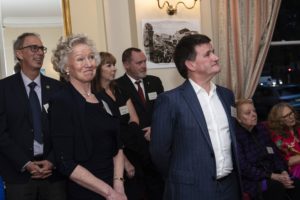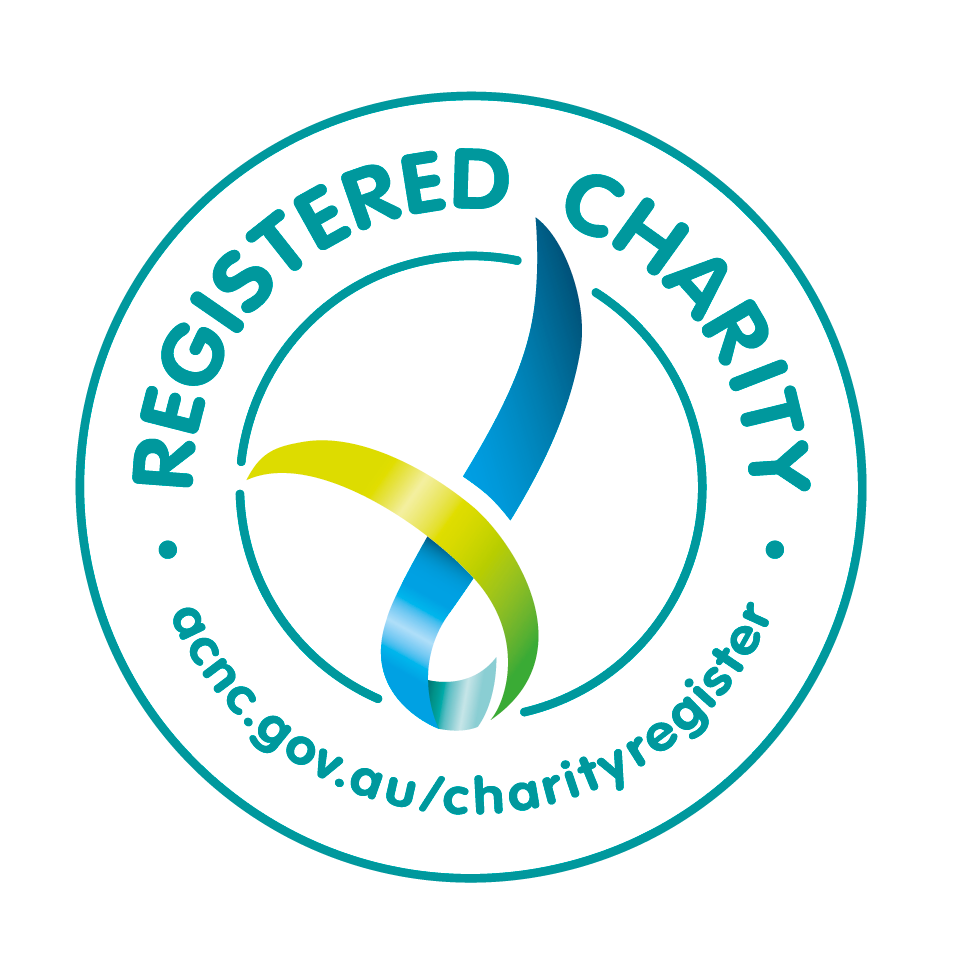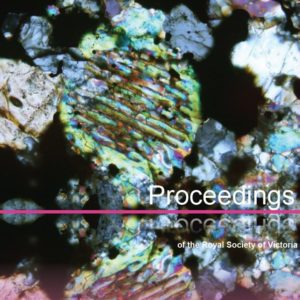We spent long periods shrouded in smoke due to the 2019-2020 bushfires that burned upwards of 12 million hectares. In addition to the tragic loss of life and devastation to ecosystems and infrastructure, there were significant levels of smoke exposure across Australia. The lives lost as a direct result are likely to number in the hundreds. Approximately 10 million people experienced elevated concentrations of fine particles on account of the recent fires, exposed to an air quality equivalent to smoking between 20 to 40 cigarettes. These ultrafine particles, less than 2.5 micrometres in diameter (a ninth of a grain of sand), are referred to as PM2.5 particles. Following the 2009 Black Saturday bushfires, the Victorian Bushfires Royal Commission recommended that 5% of public land should be burned annually to reduce the risk of catastrophic bushfires. While protective against large, uncontrollable bushfires, these prescribed burns produce smoke that can have a significant impact on health.
Our climate is already changing. Under the Paris Agreement, Australia and the world’s great nations have committed to reducing global temperatures to a 1.5-2°C rise over pre-industrial levels. Should this exercise prove successful, a 2°C rise will still have far-reaching climate effects, with major implications for the State of Victoria. This panel of senior scientists were gathered together by the Governor of Victoria to showcase some of the work in climate adaptation produced in our state and, most importantly, share actions we could all take in our personal and professional lives to adapt to the “new normal.”
The latest edition of the Proceedings of the Royal Society of Victoria is now online, featuring a new species of calcareous sponge discovered in Geelong, a spectacular new H5 meteorite in Maryborough, an account of Indigenous meteorological knowledge using stellar scintillation, a reclassification of fossil graptolites from the early Bendigonian, a case for regulated investment in a resilient electricity network, an account of the Bureau of Meteorology’s new extreme heatwave event forecasting service, and a discussion on whether a similar service might be required for cold extremes.
Dr Joshua Soderholm has always been intrigued by storms. As a boy, he would sit by a window in his house during the summer to watch storms approaching, and often watched them pass by, missing the house. He couldn’t predict exactly where the storm would hit, and to this day he encounters many challenges in observing and forecasting hailstorms. Hailstorm events account for greater than 30% of losses from ‘catastrophic’ events, and the ten largest hailstorms in Australia caused more than 17 billion dollars’ worth of losses as it can be detrimental to agriculture, private property, and commercial businesses. Our current warning systems rely on surveillance and efficient communication, financial insurance, and a response strategy, but we still have poor ability to forecast large hailstorms or predict the size of hail stones with current radar technology.
Imagine sweltering through four days of 40°C – 50°C temperatures. Or not being able to get home because flooding has disrupted rail and road networks. With the changing global climate, such scenarios are possible within the next 20 years. The question is: will Victoria be resilient to these challenges? This is the problem senior government officials and researchers gathered together to answer. RSV’s inaugural Future Thinking Forum saw representatives from over 35 agencies, including universities and government, meet to discuss Victoria’s capacity to cope with extreme weather. The proceedings began with the description of two possible extreme weather scenarios: a severe heatwave and an extreme flooding and wind event. These scenarios were not one of a distant future, nor were they from a dystopian, Eco-Disaster novel. They could be Victoria’s reality within the next two decades.





